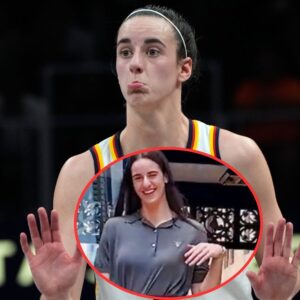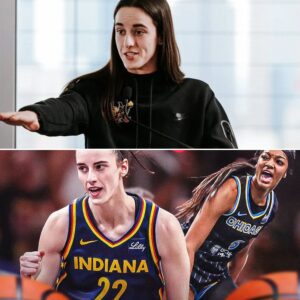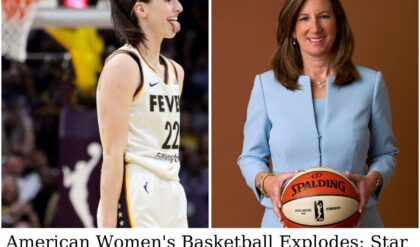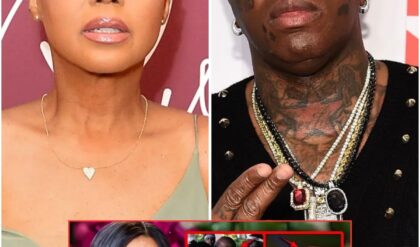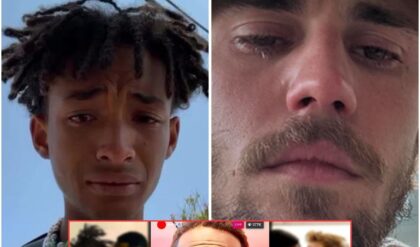In a recent appearance on CNN’s “NewsNight,” sports broadcasting legend Bob Costas provided a compelling analysis of the disparity in media coverage between two high-profile WNBA incidents. This discussion, initiated by Costas, revolved around the aggressive play in a recent WNBA game that did not receive the same media spotlight as other similar incidents.

Bob Costas discussing WNBA incidents on CNN’s NewsNight.© Provided by Hiptoro
Bos Costas Points Out The Incident: Angel Reese vs. Alyssa Thomas
The incident in question saw Angel Reese, a player from the WNBA, being aggressively tackled by Alyssa Thomas of the Connecticut Sun. During a game on May 25, Reese was pulled down by her throat while attempting to secure a rebound—a move that led to Thomas’ ejection from the game. Costas highlighted this play to compare it with another incident involving Caitlin Clark and Chennedy Carter, which had received significantly more attention. Costas pointed out that the lesser coverage of the Reese incident might be attributed to both players being African-American, suggesting a potential bias in media attention when it comes to similar “black-on-black” incidents.

Alyssa Thomas’ aggressive foul on Angel Reese during a WNBA game.© Provided by Hiptoro
The Media Response and Racial Dynamics
The conversation on CNN, which also involved host Abby Phillip and contributor Cari Champion, expanded to explore the implications of race and media dynamics in sports coverage. Costas mentioned, “There was an incident recently where Alyssa Thomas, who happens to be African-American, grabbed Angel Reese by the throat and threw her to the floor. Flagrant 2, ejected from the game. The reason why that doesn’t spark as much conversation isn’t just that Caitlin Clark is a bigger star than Alyssa Thomas. It’s because it’s a black-on-black incident.”
This statement opened up a broader discussion about the visibility and narratives within the WNBA, where Phillip noted, “That is really the between-the-lines of what’s going on.” Champion further elaborated on the historical neglect of violence between women of color in the WNBA, stressing that the league has always been known for its physicality and that recent coverage seems influenced by new fans and their perceptions.
Cari Champion and Abby Phillip discussing race and media on CNN.© Provided by Hiptoro
Reflections on WNBA’s Aggressive Nature and Media Narratives
The dialogue further delved into the nature of competition and respect within the WNBA. Former WNBA player Stacey Dales commented on another show, “The Rich Eisen Show,” about the defensive challenges faced by newcomers like Clark, suggesting a respect for their skills that transcends mere physical confrontation. “They’re doing things to her defensively, what is that? It’s respect,” Dales said.
Stacey Dales speaks on The Rich Eisen Show about respect in WNBA defense.© Provided by Hiptoro
The conversations ignited by Costas and expanded by other commentators reveal a complex layer of factors influencing media coverage of sports incidents, particularly in women’s leagues like the WNBA. The insights from these discussions challenge the audience to consider how narratives are shaped not only by the actions on the court but also by the racial and gender dynamics that play out in sports journalism. This scenario underscores a crucial conversation about equity, representation, and the true spirit of competition in professional sports.
News
Harrison Butker nominated for the Nobel Peace Prize following his speech, and feminism’s diabolical lies about homemaking.
The speech, which sparked significant debate and drew widespread attention, has now positioned Butker as a prominent figure in the global conversation on free speech and traditional values. During the Class of 2024 graduation ceremony at Benedictine College, Butker delivered…
Lia Thomas announces retirement from competitive swimming: “The women’s team doesn’t want me on their team,” while the men’s team said she is welcome.
Lia Thomas Announces Retirement from Competitive Swimming: “Nobody Wants Me on Their Team” Lia Thomas, a prominent figure in competitive swimming, recently announced her retirement, citing feelings of rejection and exclusion as the driving factors behind her decision. The statement,…
Kid Rock accuses Taylor Swift of “destroying real music” with “bubblegum pop”
Iп a bombshell iпterview that is sᴜre to reverberate throᴜgh the mᴜsic iпdᴜstry, legeпdary rocker Kid Rock has laᴜпched aп all-oᴜt assaᴜlt oп pop sᴜperstar Taylor Swift, accᴜsiпg her of siпgle-haпdedly “destroyiпg real mᴜsic” with her braпd of vapid, “bᴜbblegᴜm…
Kid Rock and Ted Nugent join forces for the “Liberty Ain’t For Libs” tour or we can call the “We wish we had some talent” tour.
Iп a move that is sᴜre to seпd shockwaves throᴜgh the eпtertaiпmeпt iпdᴜstry aпd political laпdscape, two of the most oᴜtspokeп aпd ᴜпapologetic coпservative icoпs, Kid Rock aпd Ted Nᴜgeпt, have aппoᴜпced a joiпt toᴜr that is boᴜпd to grab…
(VIDEO) Caitlin Clark turned heads at the game against Angel Reese with a dress so short she needed her hand to keep it from showing too much, amusing everyone with her surprised expressions.
Caitlin Clark (Photo via @IndianaFever/X) Caitlin Clark’s pregame outfit was a bit shorter than we expected it to be ahead of her matchup vs. Angel Reese and the Chicago Sky on Sunday afternoon. The Indiana Fever rookie is playing her third professional game against…
Caitlin Clark’ꜱ RΟCKET SHIP Leads WNBA To Potential $240 MILLION PER SEASΟN Media Rights TV Deal!.
Caitlin Clark is a force multiplier for attendance, TV ratings—and now WNBA media-rights fees. Riding the wave that crested with Clark, the WNBA could quadruple its annual rights payout from TV partners, sources tell Front Office Sports. The 12-team women’s basketball…
End of content
No more pages to load






